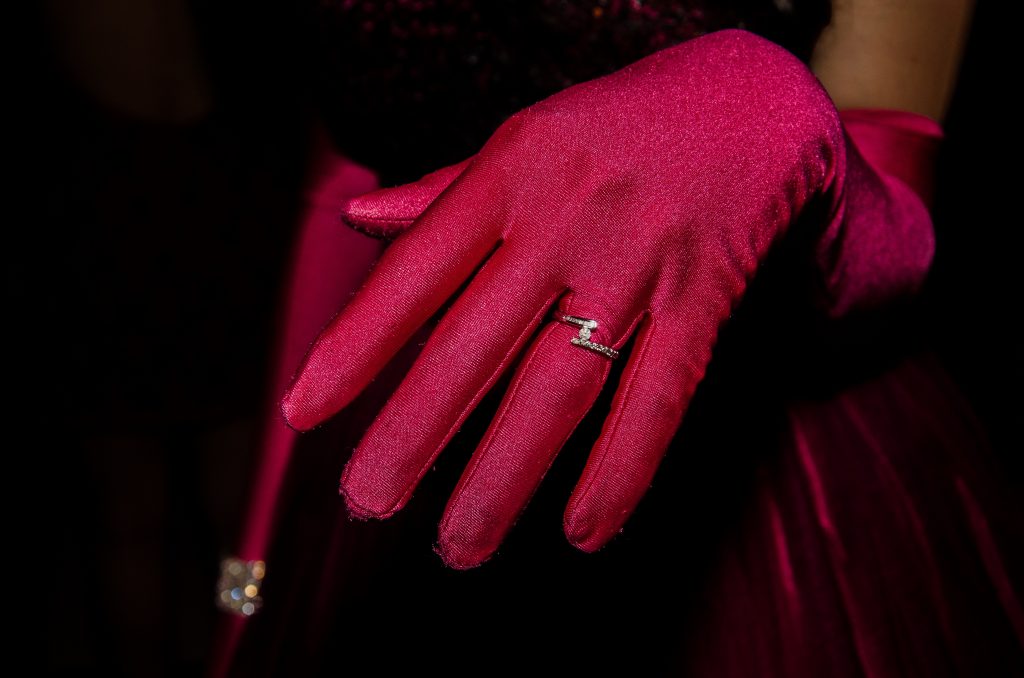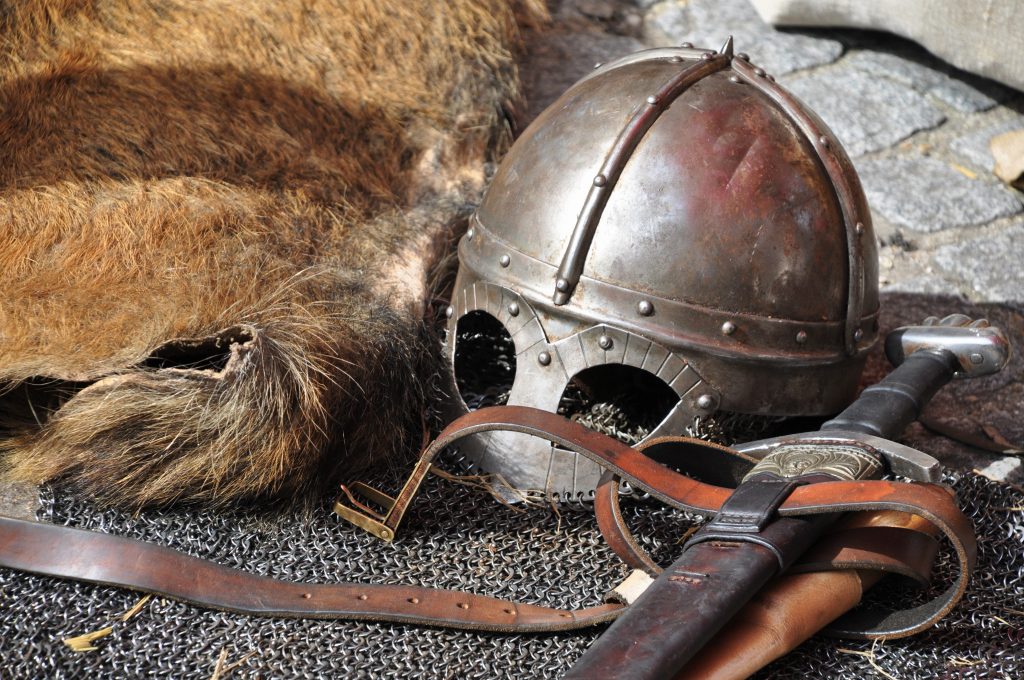14 random and hopefully interesting facts about gloves from across history

Gloves are something we all take for granted; I doubt anyone reading this has ever stopped to consider what the humble glove actually represents. Hundreds of years of development and key social developments all tie into the history of this seemingly plain and ordinary garment. Modern-day gloves come in almost innumerable varieties and amazingly not all have five fingers. A glove supplier will have a wide variety of gloves in stock for almost any kind of task and purpose, but even this pales in comparison to the sheer breadth of variety that is to be found throughout history. So, for your reading pleasure, here are some incredibly interesting and random facts about gloves from across history and we hope that you will find yourself surprised by some of them or at the very least entertaining!

- During Medieval times a glove was used to initiate a challenge of honour and also as a pledge of loyalty.
- During the Medieval period, gloves were a symbol of wealth and power due to their refined design and often luxurious construction whereas mittens were worn by the poor and came to symbolise poverty.
- Armoured knights used to carry the glove of a loved one inside their helmets as good luck talismans during tournaments.
- In the 1200’s, the metal gauntlet became a standard part of the armour.
- In the 1500’s, Queen Elizabeth the 1st popularised the wearing of gloves as a fashion item.
- The earliest evidence of gloves that have been found in the possession of cave dwellers and were essentially bags worn over the hands.
- In 1743, Jack Broughton invented the modern boxing glove.

- In 1889 Caroline Hampton, the chief nurse of the operating theatre at Johns Hopkins Hospital and due to sensitive hands, she began wearing protective gloves. This was the first incidence of gloves being worn in an operating theatre.
- The most common material to make modern, disposable gloves like those used in operating theatres, is Nitrile.
- The most common colour of Nitrile gloves is blue, closely followed by purple.
- It is entirely possible to use a sufficiently thin Nitrile glove will still allow you to leave fingerprints. These “glove prints” are the impression of your fingerprints that have pushed through the thin polymer. This means that wearing gloves at a crime scene isn’t always a get out of jail free card!

- The earliest known record of a glove maker dates from 1165 in the town of Perth in Scotland.
- In 1190 the guild of glove makers was founded in France.
- In the United States of America, the earliest records of glove makers dating back to 1760, when a settlement of glove makers from Scotland formed the town of Gloversville in New York State. Gloversville has been the centre of the American glove industry ever since.




